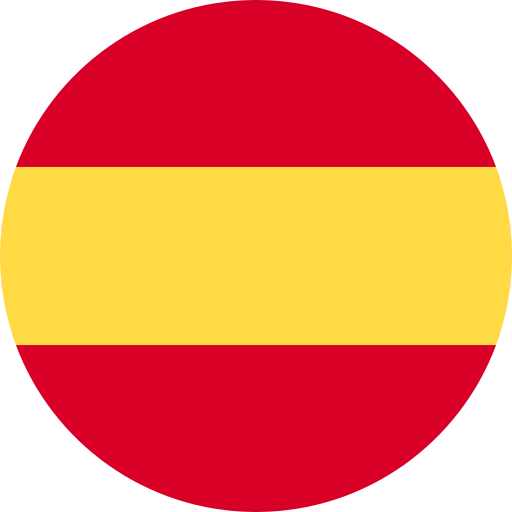We are
Within Play
Our games seek to bring families closer to Chile's extensive natural heritage, science, and culture, promoting playful learning that encourages motivation and curiosity in those who enjoy our creations.
Within the industry, we have positioned ourselves as leaders in games about nature and biodiversity, consolidating an approach that combines entertainment, knowledge, and environmental awareness.
We are
Within Play
Our games seek to bring families closer to Chile's extensive natural heritage, science, and culture, promoting playful learning that encourages motivation and curiosity in those who enjoy our creations.
Within the industry, we have positioned ourselves as leaders in games about nature and biodiversity, consolidating an approach that combines entertainment, knowledge, and environmental awareness.
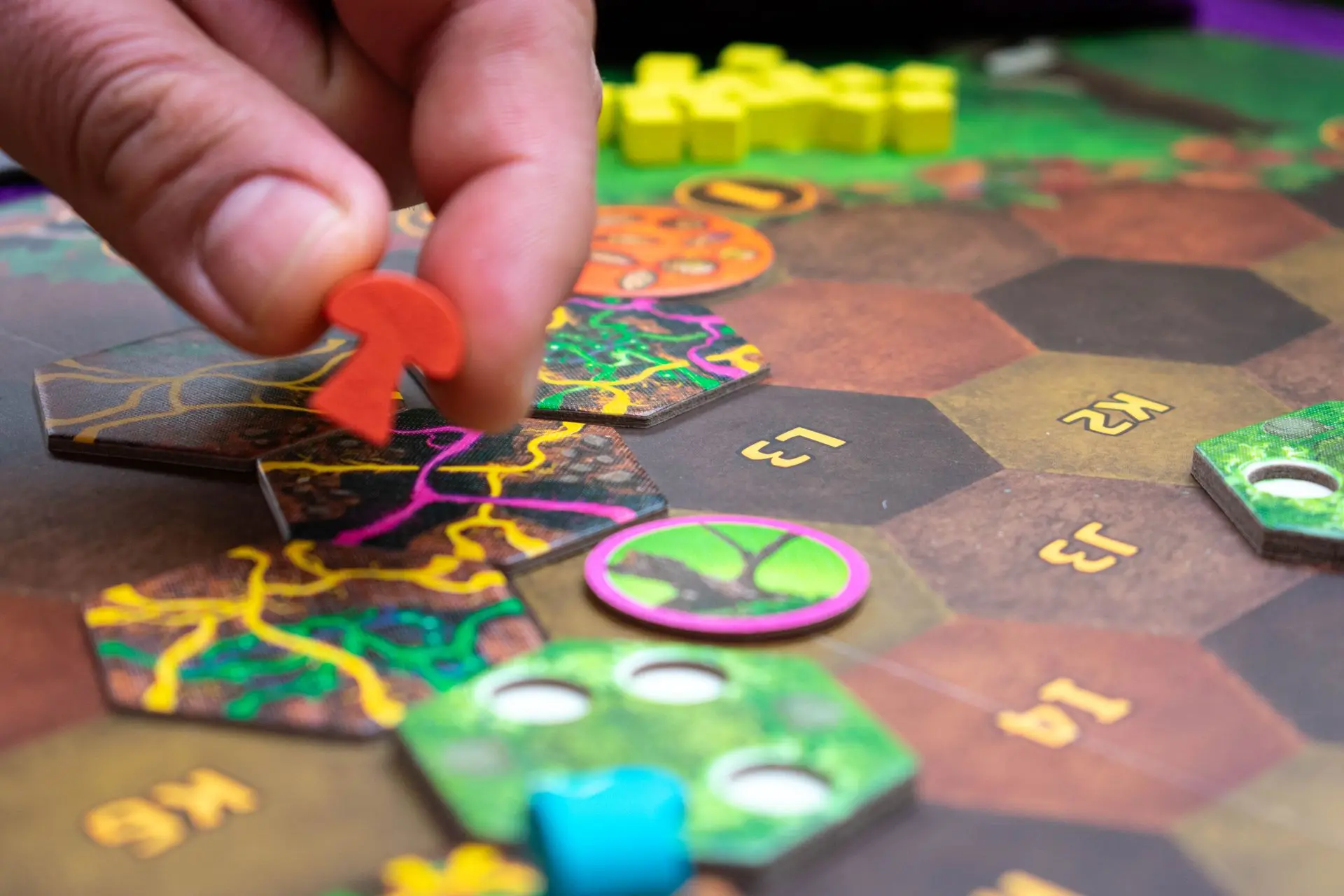
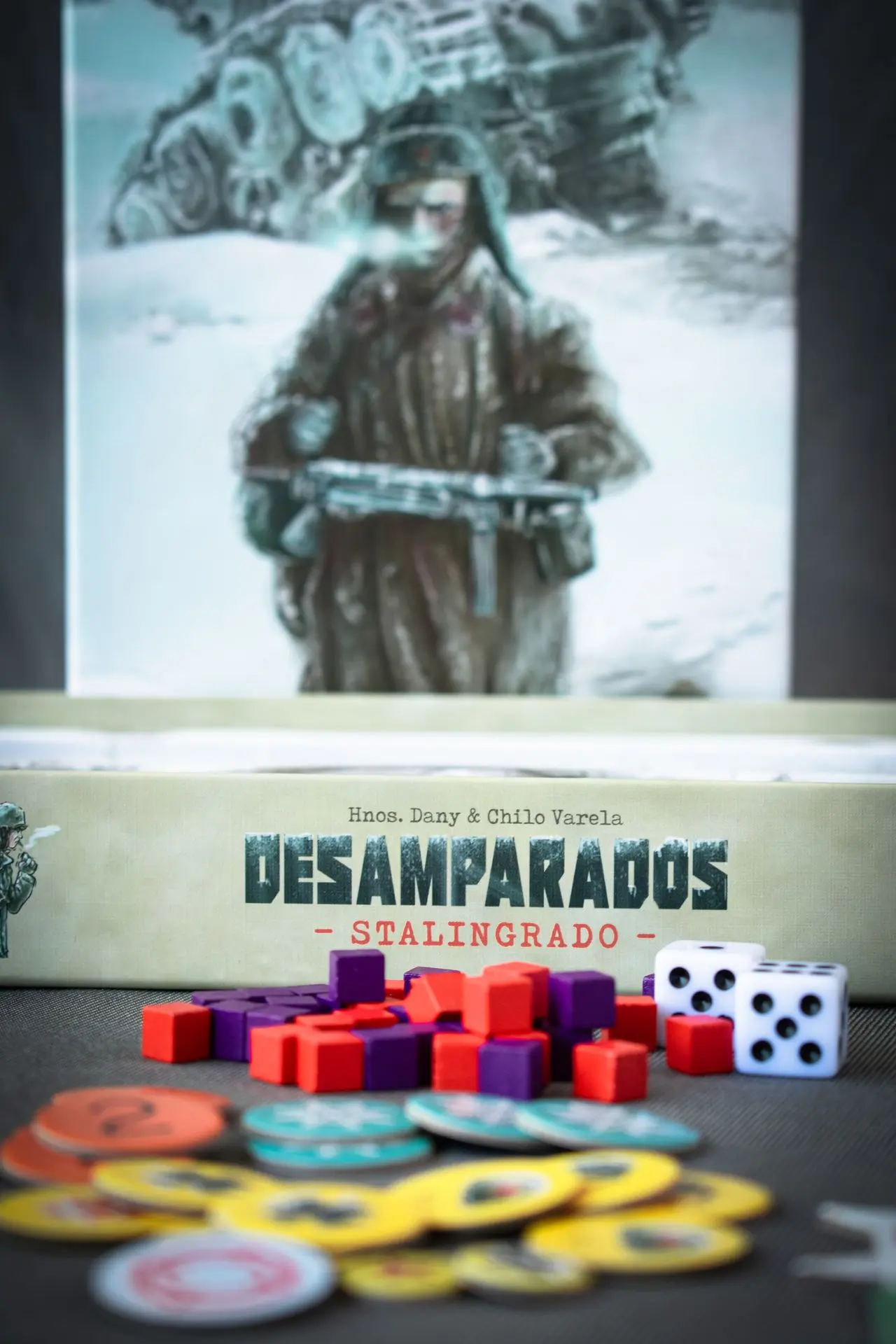
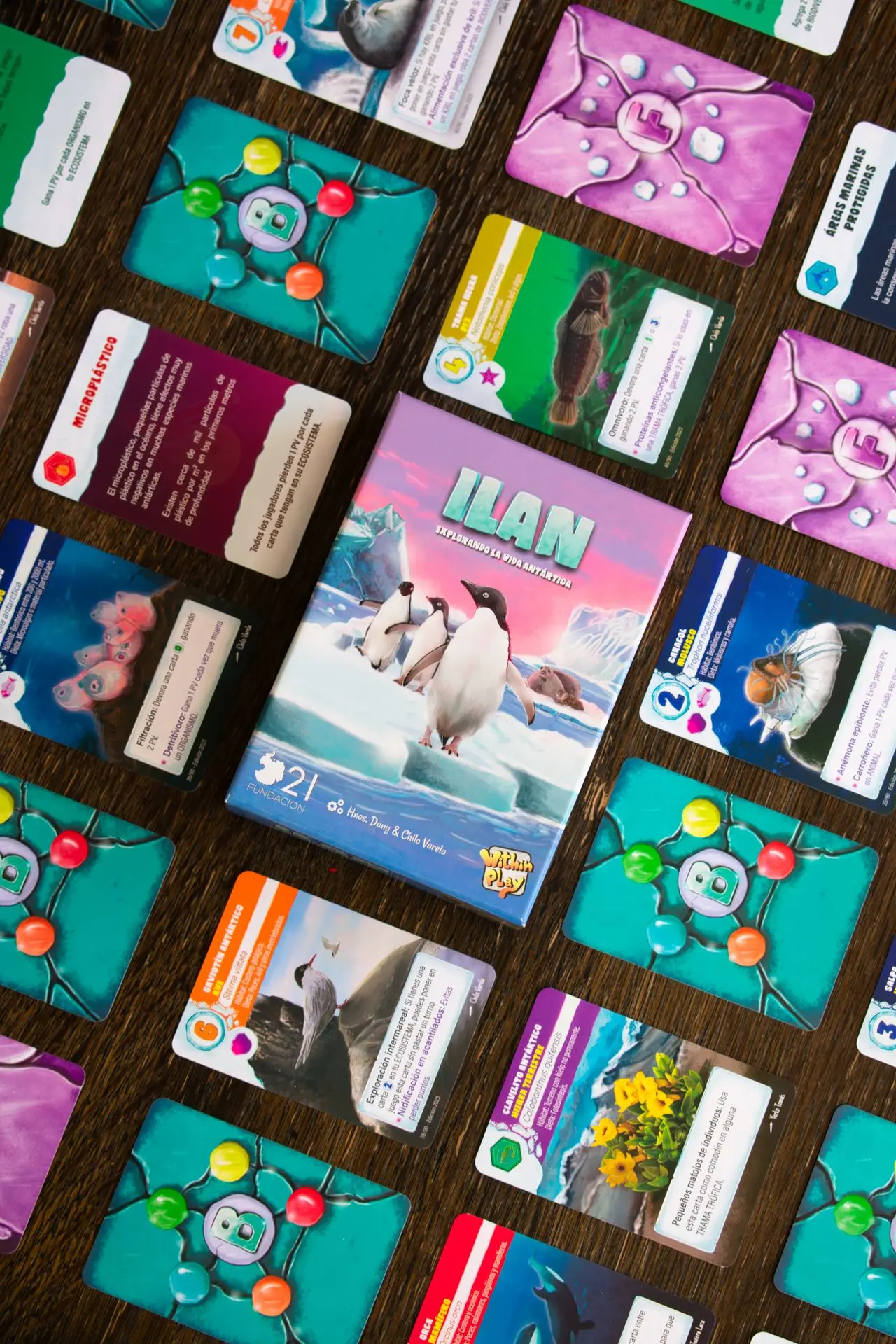
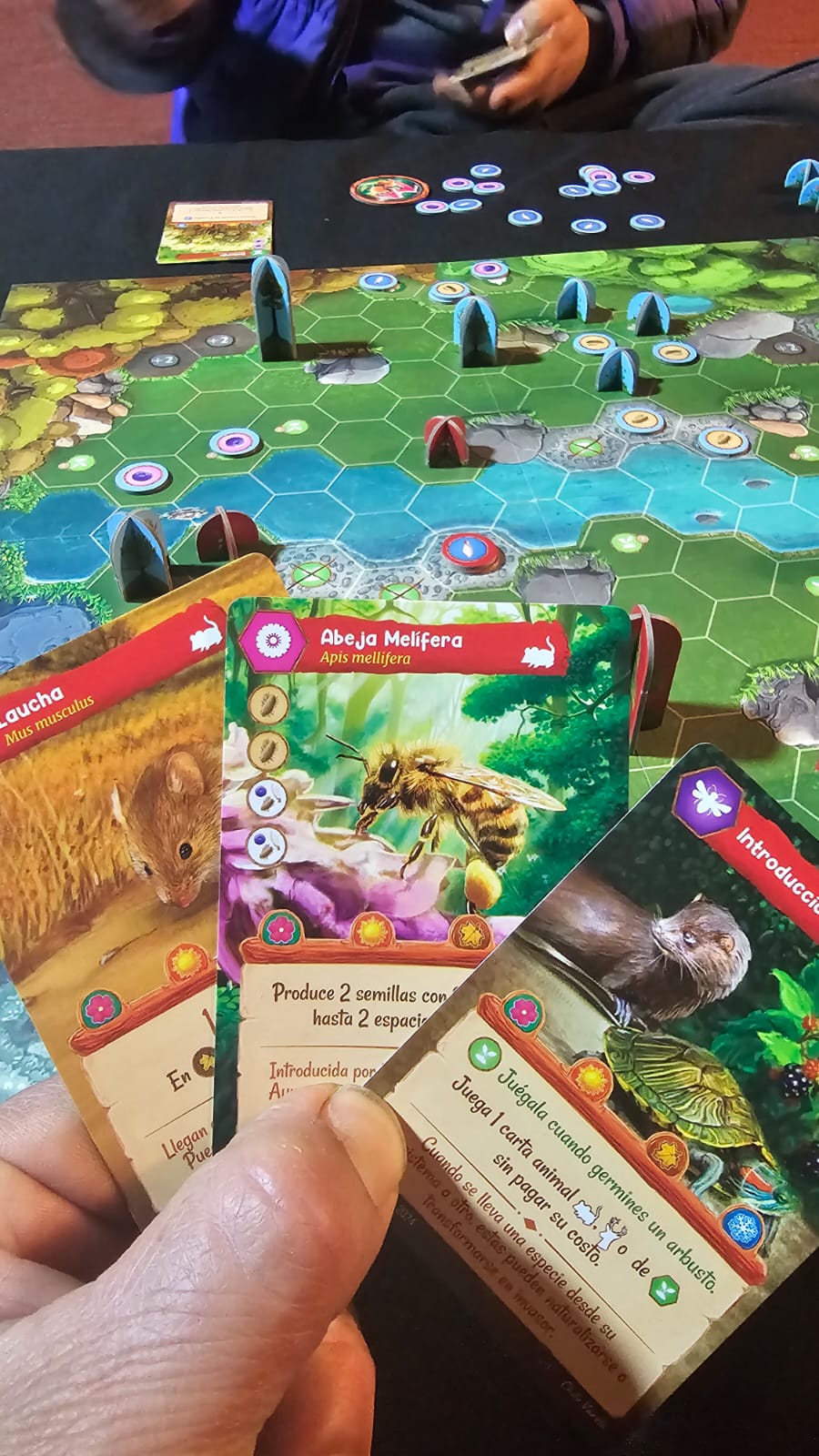
Our Editorial Lines
Family and Educational Games
Games inspired by nature, science, and ecosystems. Designed for sharing meaningful, accessible, and discovery-filled experiences.
Thematic and Strategy Games
A line for players seeking greater tactical and narrative depth. More mature titles, with historical, strategic, and human exploration themes, created for those who enjoy challenge and immersion.
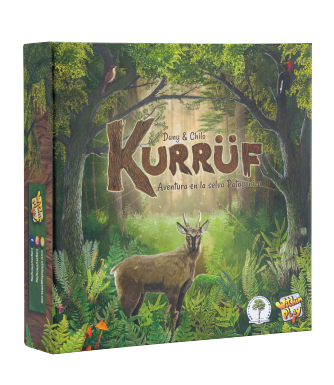
In the heart of the Patagonian Andes, a unique biodiversity awaits preservation. Players will embark on a journey to record species, observe ecological interactions, and face human and natural impacts, all while striving for balance.
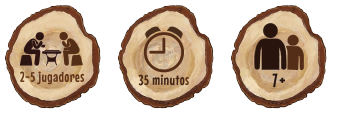
Main Mechanics:
- Roll and Move: Players roll dice to travel the paths of four ecosystems.
- Card Collection: Classify biodiversity by trophic level and use active or passive actions.
- Trophic Scales: Create trophic scales to score victory points.
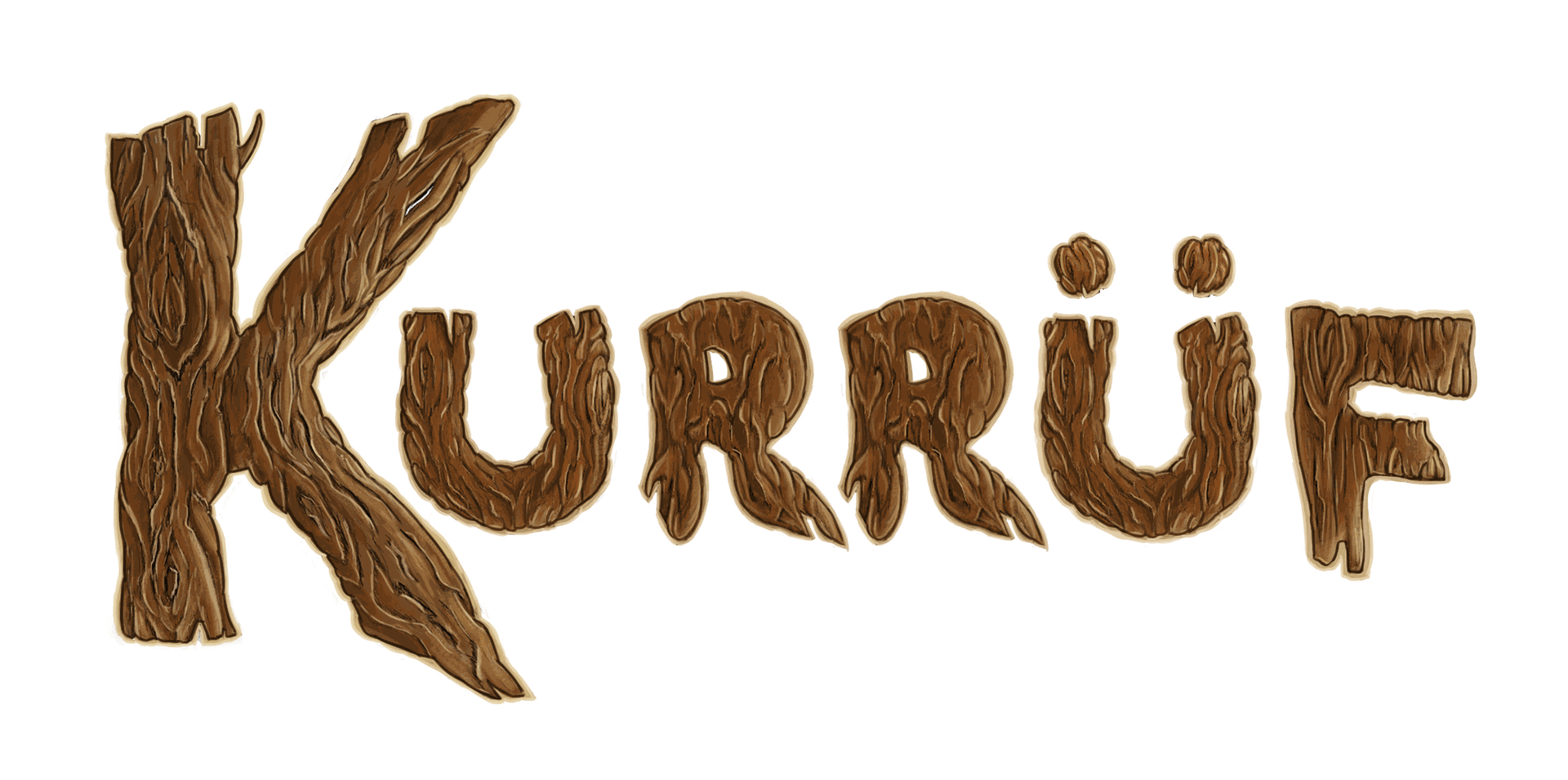
Fungi are essential for life, decomposing organic matter and connecting other organisms through a subterranean network of mycelium. This game invites you to explore the ecological importance of fungi in Southern Chile, focusing on cooperation and strategy to highlight their vital role.

Main Mechanics:
- Tile Placement/Growth: Expand your subterranean mycelium network from a starting point to connect spores.
- Movement and Flow through the Network: Use a meeple to move through the mycelium to reach new fungi, generating strategic connections.
- Nutrient Acquisition and Management: Decompose substrates or trade mycorrhizae with other players to obtain the main resource of the game.


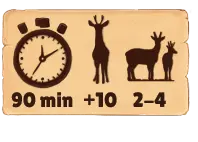
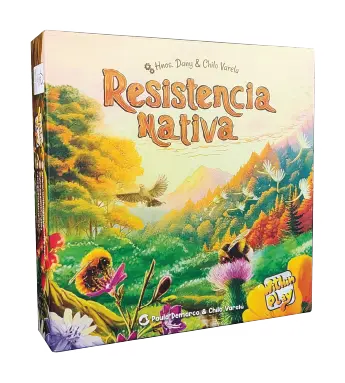
In the forests of central and southern Chile, the natural balance is threatened by deforestation, fires, and invasive species. This game is an ecological competition where players embody native or exotic species, using strategic decisions to expand their influence and dominate the board to achieve victory.
Main Mechanics:
- Plant Types (Area Control): The board is contested through three types of plants (Herbs, Shrubs, Trees), each with unique characteristics that define their mode of expansion and territorial dominance.
- Ecological Cards (Card Management): Use Dispersion, Germination, Diversification, and Factor Cards to drive actions, pay seed costs, and generate synergistic strategies.
- Different Years of Play (Ecosystem Progression): The game is played over three years, with each year introducing more complex cards and new phenomena that reflect the ecosystem's evolution.
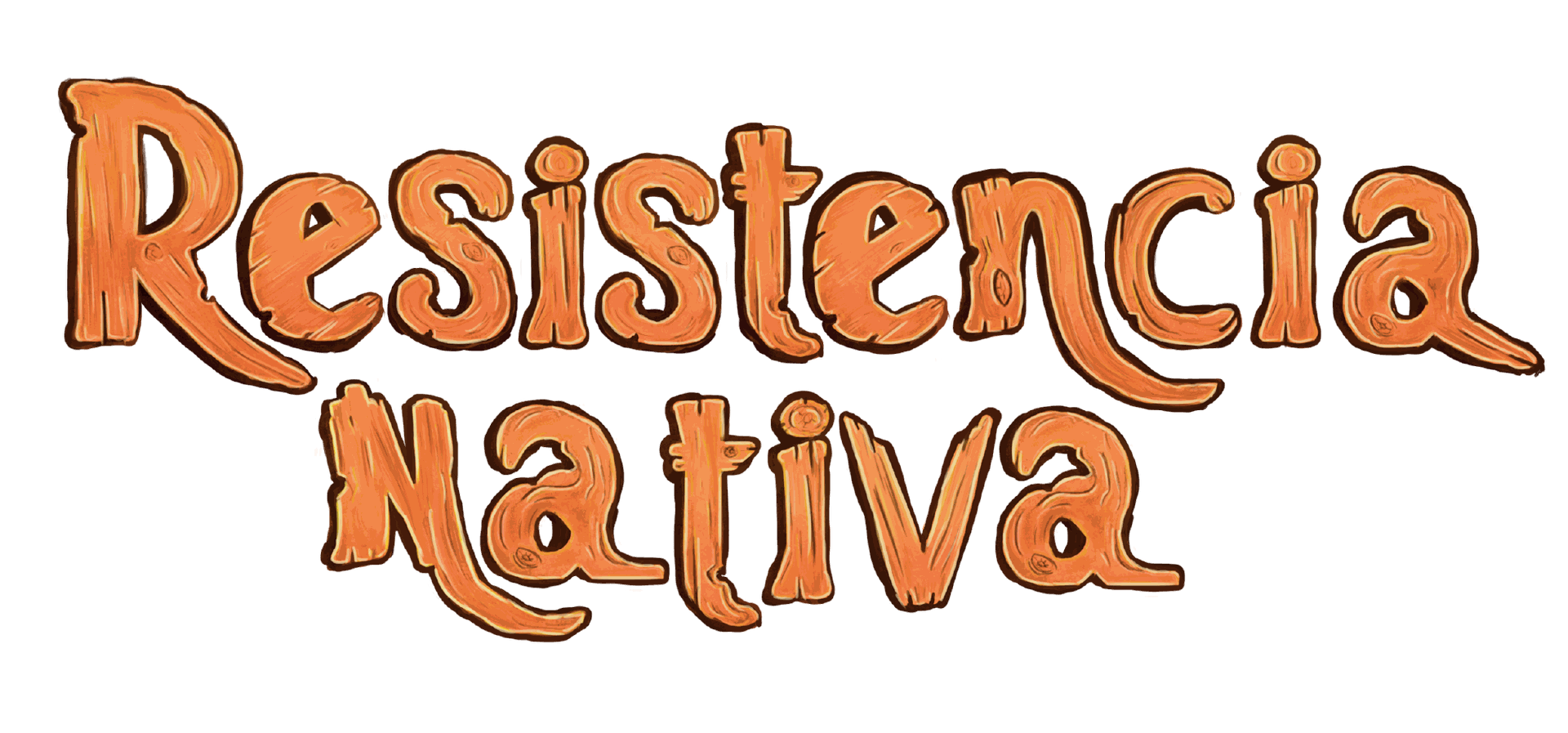

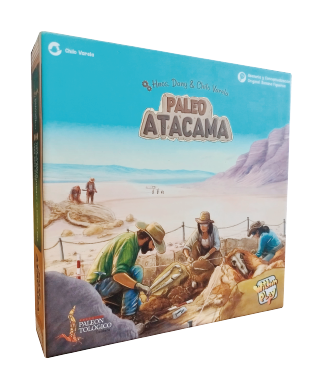
The Atacama Desert, one of the oldest and driest places on Earth, holds a treasure of fossils that reveals the history of life. In this game, players lead scientific expeditions to unearth discoveries and establish and manage the most prestigious paleontological museum.
Main Mechanics:
- Exploration and Excavation (Set Collection): Use permits to intervene in desert zones, carefully choosing the terrain type to determine the quantity and type of fossils you will unearth.
- Museum Setup (Puzzle): Organize fossils by classification and era on your museum board to complete rooms and earn Prestige Points.
- Museography and Prestige: Enhance your museum rooms with infographics and replicas to increase Prestige, which acts as the game's currency and grants final Victory Points.
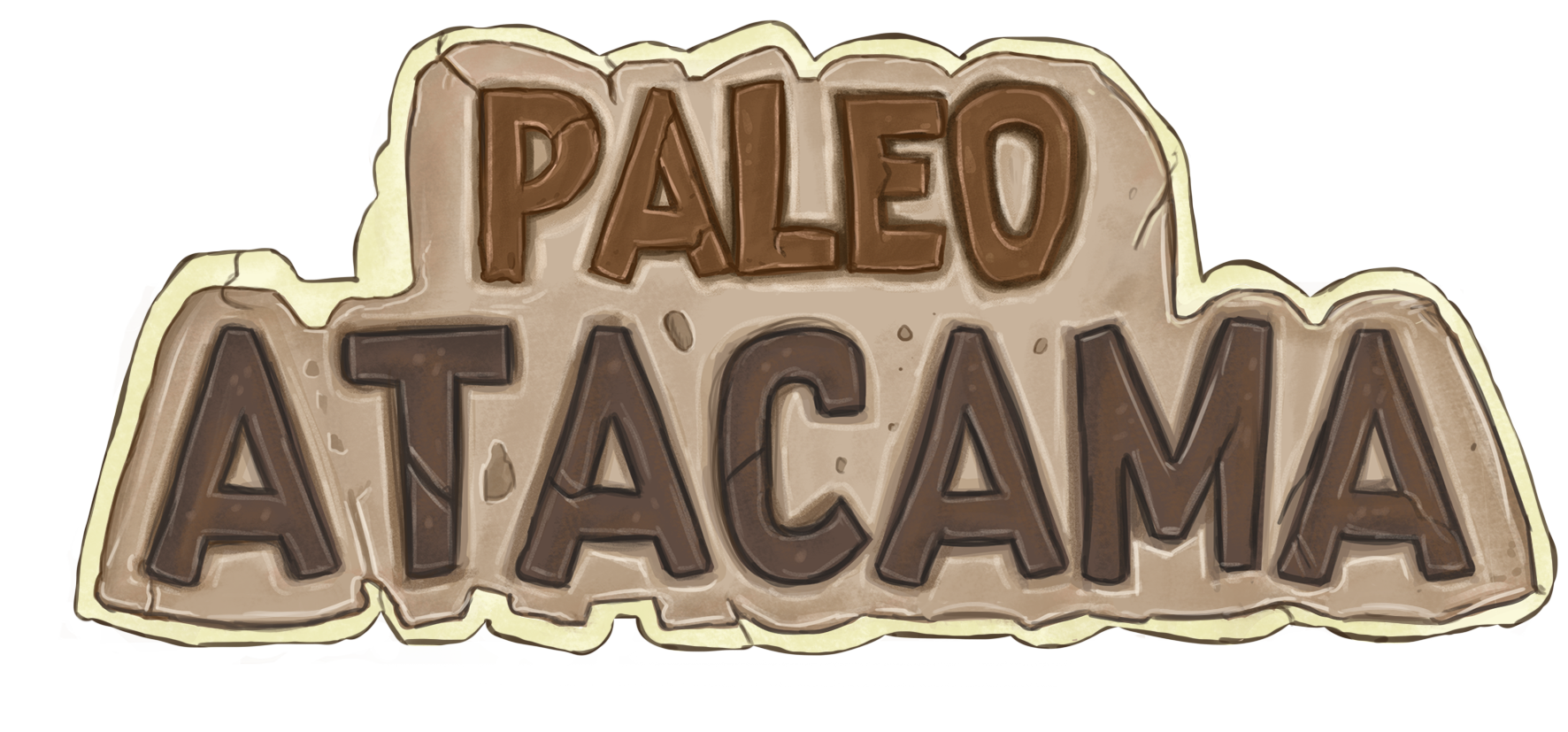

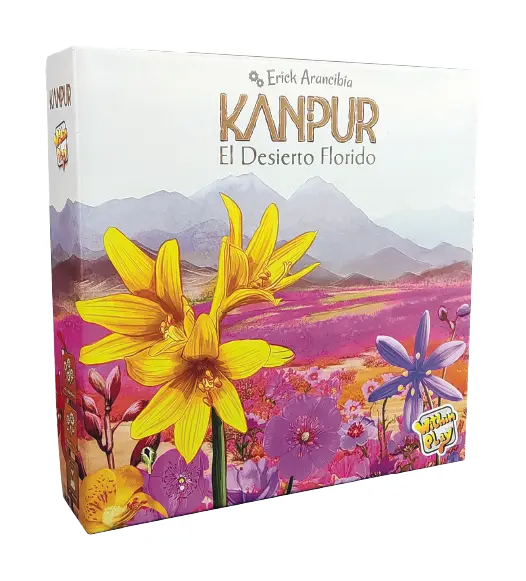
Located in the Atacama Desert, one of the driest places in the world, this game focuses on the "Flowering Desert" phenomenon. Players must carefully manage limited resources (Water, Sun, and Weeds) to make their seeds germinate and bloom, competing to earn the highest number of Victory Points.
Main Mechanics:
- Climate and Resource Management (Token Collection + Controlled Luck): ach round starts with the Season Event, where a D12 dice roll determines the quantity of available Water, Sun, or Weed tokens, simulating the climate.
- Growth and Expansion (Area Control): Los jugadores colocan semillas en los hexágonos del tablero y las desplazan en busca de condiciones adecuadas para germinar, transformarse en flores y otorgar Puntos de Victoria.
- Development Cycles: The game is divided into 6 rounds (Seasons), each with 5 cycles of actions (resource placement, seed movement, absorption, photosynthesis, and germination).



The body is under attack. An unknown virus has infiltrated, and the Immune System activates to defend. But there is a problem: no one knows for sure who is infected and who is still healthy. Natural Killer is a game of hidden roles, deduction, and interaction where lies, deception, and vital deductions are the key to victory.
Main Mechanics:
- Hidden Roles and Faction Switching: Everyone starts on the Immune System side. By receiving the Virion card (the virus), the player changes their objective and switches to the Virus faction.
- Virion Deduction: Only one of seven virions enters each game, and the Immune System must deduce which one. Players use Symptom cards corresponding to specific 4-Symptom combinations to identify the correct virus.
- Immune System Abilities: Immune System players can steal, exchange, or hide cards, reveal symptoms, and force others to discard, all essential for deduction.
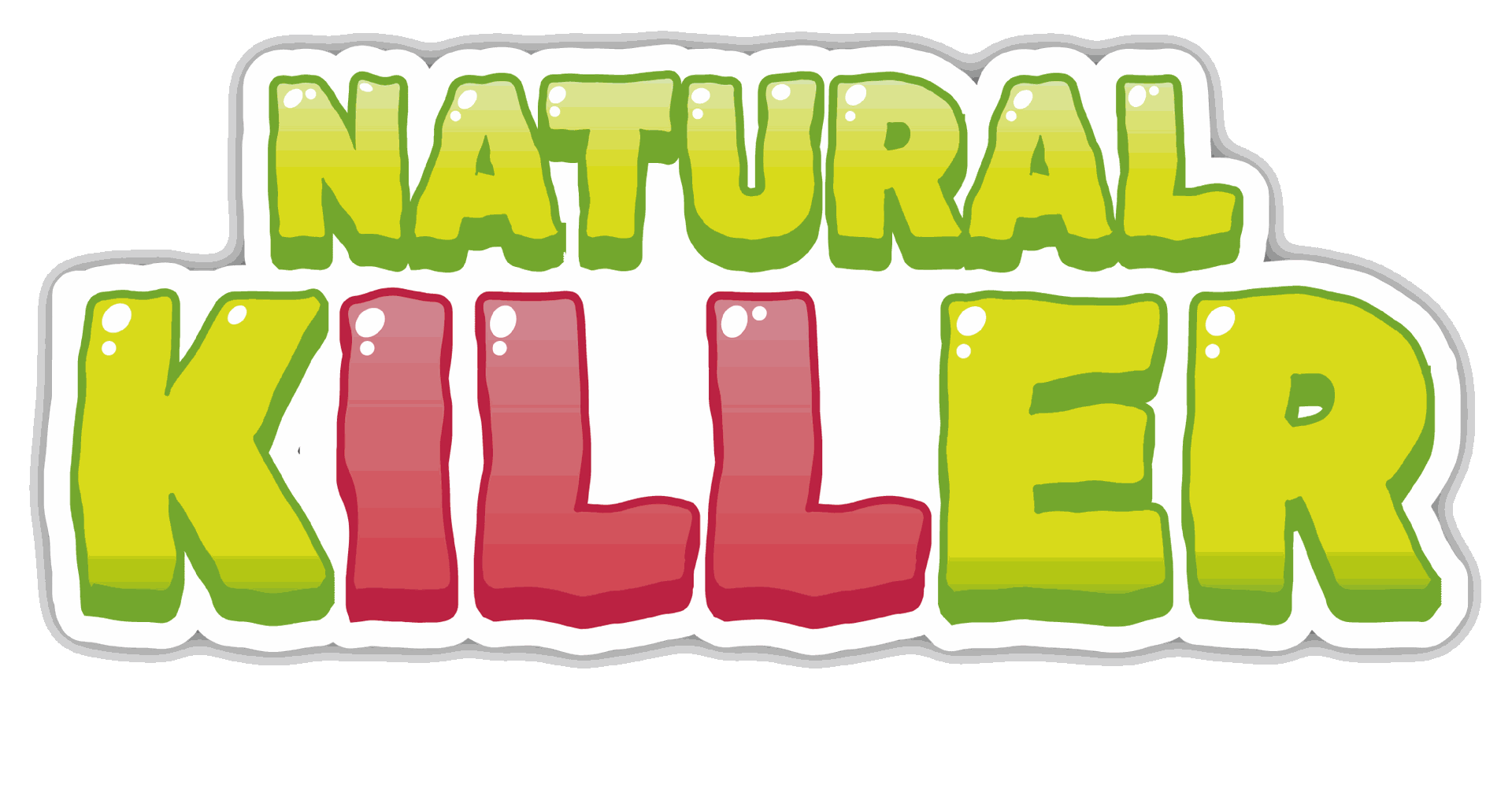


Antarctica is a surprising and fascinating continent, harboring a hidden biodiversity ranging from tiny microalgae to colossal whales. Inspired by the Yaghan word ilan ("south wind"), this game invites players to value and protect the Antarctic natural heritage through wonder and scientific curiosity.
Main Mechanics:
- Set Collection: Players obtain Biodiversity Cards (producers, invertebrates, fish, birds/seals, mammals) with active and passive abilities, simulating Antarctic ecological processes.
- Trophic Webs: By combining sequences of 4 or 5 Biodiversity Cards of different colors, players form trophic webs that grant significant Victory Points.
- Factor Cards: These represent external influences (natural and human) and have special abilities that grant benefits when combined with Biodiversity Cards, allowing for the creation of powerful combos.

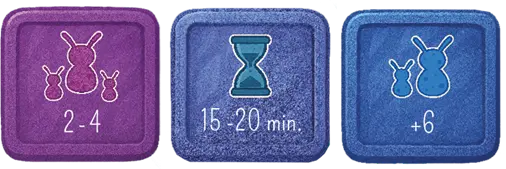
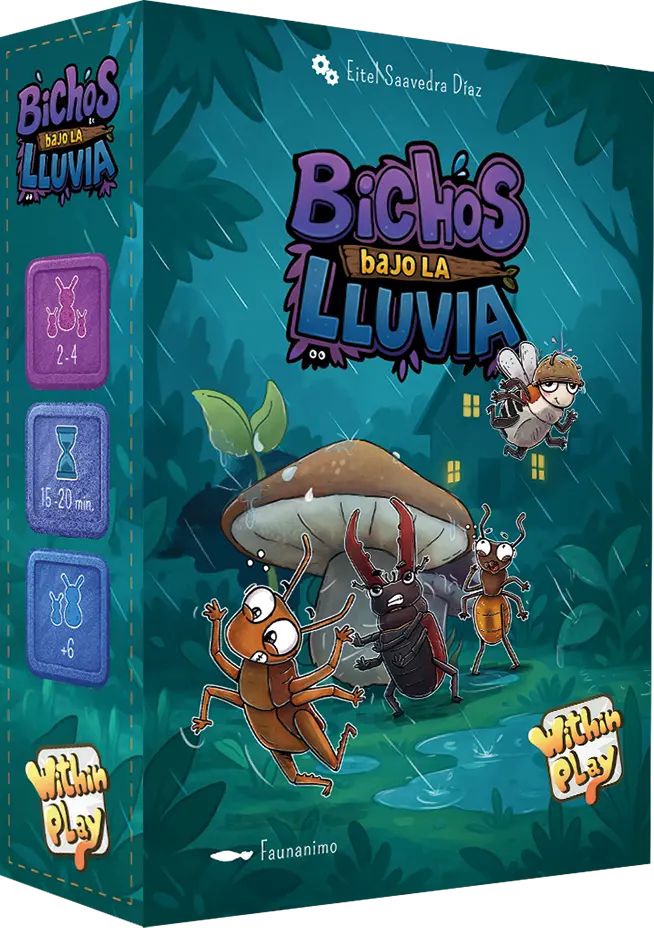
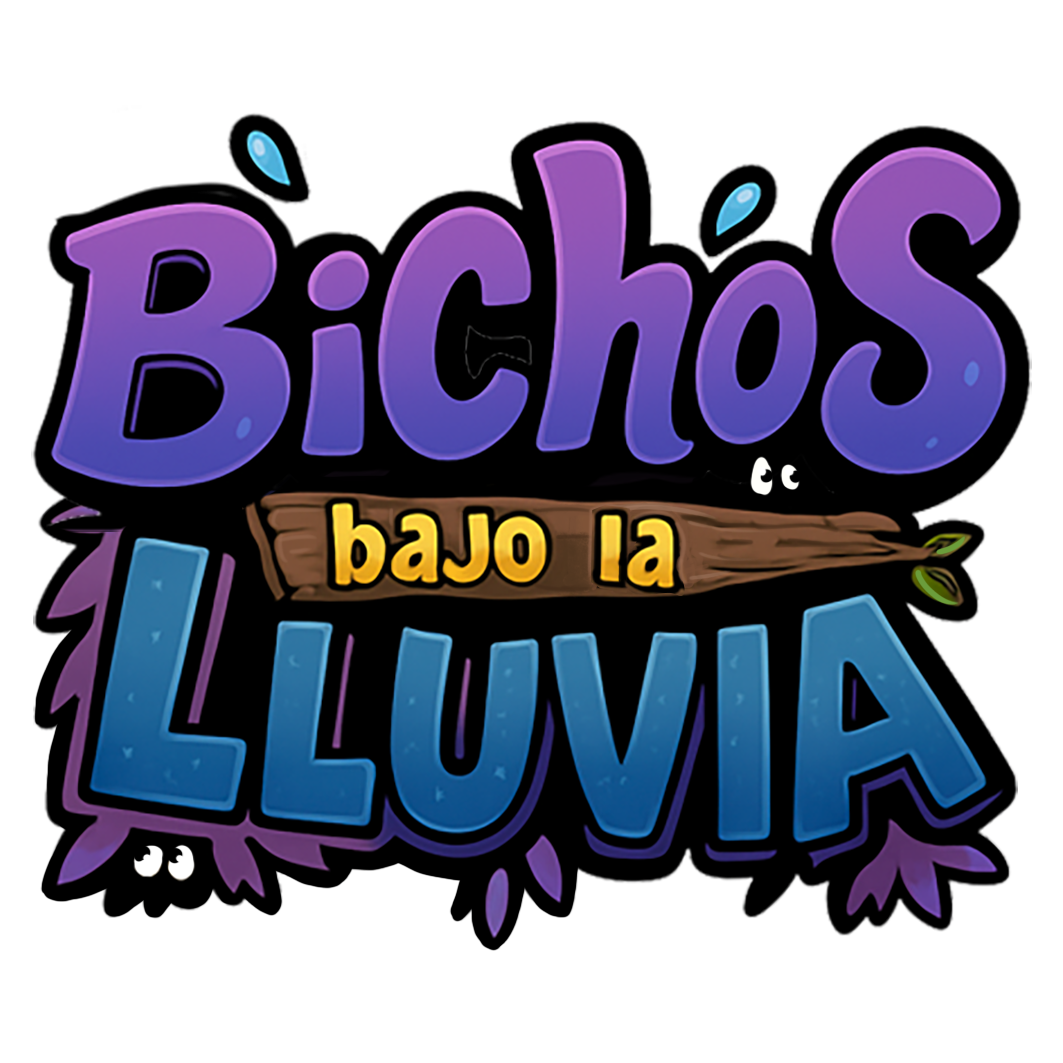
Main Mechanics:
- Bug and Shelter Cards: Players use bug cards with different colors and values to occupy shelter cards that have limited capacity.
- Movement and Pushing: When playing a bug card, the player decides whether to push the bugs already present in the shelter to the left or right. This can generate a "chain movement" if the displaced bug must occupy another shelter.
- Protection and Resistance: At the end of the game, only the bugs that remain in the shelters will be counted for scoring. The game ends when a player's deck runs out.
In the tiny, agitated world of insects, a torrential rain unleashes chaos. The bugs run and desperately push their way into a chaotic stampede to get to safety.
Compete to save the largest number of bugs possible in safe refuges before the storm catches up to them!


The Sclerophyllous Forest, an ecosystem in central Chile, harbors a high biodiversity of plants, fauna, and fungi, many of which are endemic. Quillén explores these ecological interactions, the vital role of water, and the impact of human decisions, where players must balance the use of the ecosystem with its conservation.
Main Mechanics:
- Deck-Building: Each player starts with a 10-card deck. By purchasing Restoration Cards, you replace older cards, improving your actions and game strategies.
- Dice Management: The dice (Plants, Animals, Water, and Human Actions) represent the ecosystem's resources. Players roll, keep, turn, or spend them to execute actions, buy cards, or obtain Victory Point Cards.
- Restoration Cards and Victory Points: The objective is to accumulate Victory Points by purchasing scoring cards and constantly improving your deck to become the best conservationist.

Set on the relentless Eastern Front of World War II, two sides clash not only with weapons but with the fading hope of surviving another day. Desamparados captures the harsh reality of the trench warfare where scarcity, fear, and desolation are as deadly as bullets.

Main Mechanics:
- Secret Platoon Selection (Hidden Deployment): Each player secretly chooses two soldiers and assigns them to one of three combat lines (Front, Middle, or Rear), affecting their attack, risk, and capabilities.
- Initiative-Based Activation: Soldiers reveal their cards and act based on Initiative, forcing strategic decisions each turn.
- Shared Units and Resources: Players use grenades, build trenches, and deploy replenishment units, with factions having unique tools and shared actions to enhance strategy.
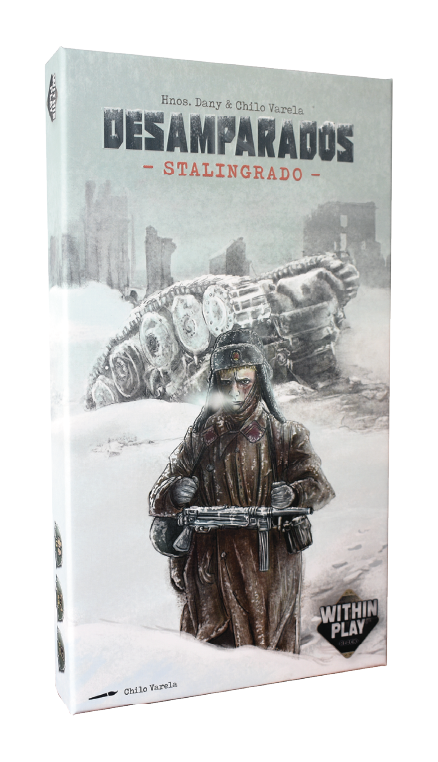



On April 19, 1925, the national symbol of Chilean football, Colo-Colo, was born. This game seeks to unite generations by remembering and honoring 100 years of Colo-Colo history, reliving its great milestones, idols, unforgettable goals, and era-defining moments.
Main Mechanics:
- Timeline (Sequential Placement): Each card represents a real event. Players must remember or deduce the event's era and place it chronologically on the shared timeline, without seeing the date.
- Penalties and Elimination (Cards): If a player makes a mistake placing an event, they receive a Yellow Card. A second mistake results in a Red Card and elimination from the game.
- Wild Cards (Interaction and Football Chaos): Wild Cards change the rules, nullify effects, facilitate expulsions, steal cards, or swap turns, injecting strategy and "football wit" into the game.



